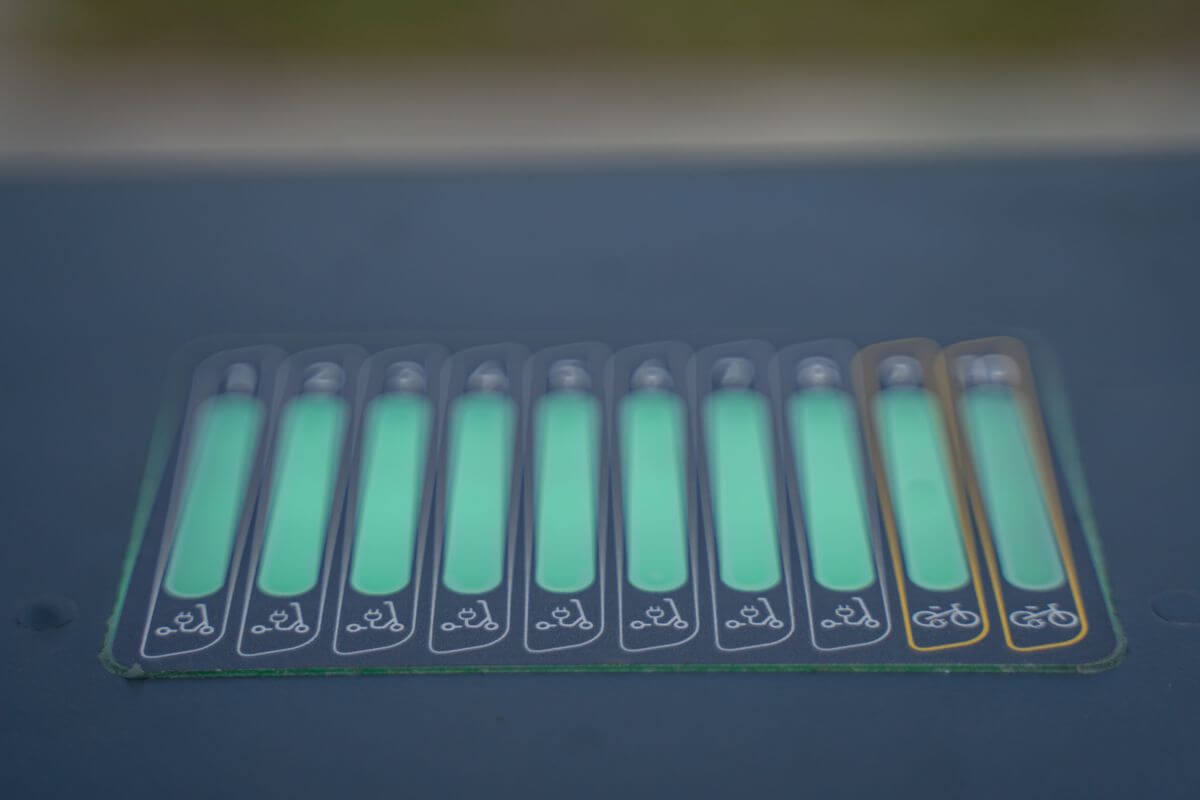Our Largest Project Yet – 24 jCharge stations implemented on 13 campuses. Over 200 charging spots dedicated for micromobility!
In an ambitious collaboration with 13 research institutes and universities across Poland, we have successfully implemented 24 jCharge stations on their campuses, which is in fact the biggest project we have completed in the history of our company.
This huge implementation took over a year to complete and required several tailored solutions created by our R&D team.
All jCharge stations produced for this project have a unique design and a dedicated reservation system. They enable simultaneous charging of scooters and bikes at designated stations. Additionally, the stations are equipped with a system that allows users to lock their scooter or bike using a university card or by scanning a QR code in a dedicated app. This innovative solution simplifies the use of micromobility, making it intuitive and secure for students and university staff.
By providing accessible and easy-to-use charging facilities, these stations encourage students and staff to commute to campus using micromobility solutions.. This not only reduces the carbon footprint of daily commutes but also supports the universities’ goals of creating more sustainable, eco-friendly campuses.
This initiative is more than just an installation of charging stations; it’s a move towards a greener and more sustainable mobility.









